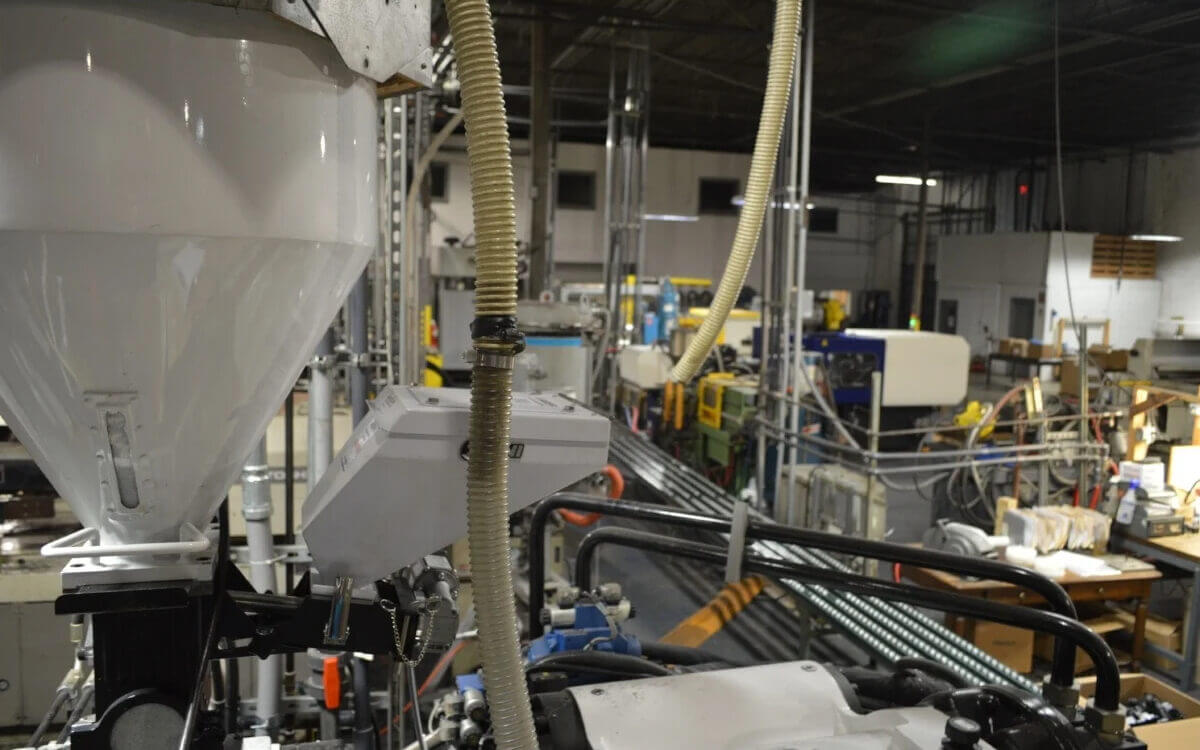When
molds and tooling are mentioned, what comes to mind are the parts that are produced through the use of processes like blow molding or
injection molding.
These parts can be used for a number of different purposes across different fields and industries, and getting them right the first time is extremely crucial in the success of whatever process they will be used for.
Molds
A mold is a hollowed out block that sets the shape of the product being made. It can be made of different materials, the most common of which are aluminum, steel, alloys and copper. It also has different components.
These components include pins, bases, lifters, ejectors, guides, bushings, and alignment devices.
Because the mold shapes the end product, it is always essential that the right type is used. The manufacturer should have a thorough understanding of the final product to be made. Otherwise, the entire chain – from the smallest parts to the roles they play – would be sacrificed.
Injection Molding
Now that you have a better understanding of the role molds play in the production process, you can better understand what injection molding is.
Injection molding, from the name itself, involves injecting any sort of material into a mold. Different materials can be used in the process, from metals to polymers, from glass to elastomers.
Basically, the material is fed into a heated barrel where it is mixed and forced into the middle of the mold. From here, the material hardens as it cools down, forming the end product.
Blow Molding
Blow molding is used to produce hollow plastic parts. It can be done in 3 different ways: injection blow molding, injection stretch blow molding, and extrusion blow molding.
Basically, the process requires air to blow the plastic material into the mold. From here, the plastic cools down and the end product is formed.
Tooling
Tooling involves the hunt and acquisition for different components and machinery required to produce something. It covers a lot of categories, the most common of which are jigs, fixtures, gauges, dies, molds, cutting patterns and equipment.
The process of tooling is more than just choosing based on what’s readily available, or what others are using.
Remember that the outcome of the tooling process directly affects the quality of the end product, as well as the costs that go with the entire process. Because of this, extreme care is required if you are put in charge of the process.





